I am watching, with great interest, the hand-wringing over the removal of AM radio from various vehicles. Not that I desire that to happen, but on the current trajectory, it is almost certain that AM and then FM radio will become optional if not removed completely from dashboard entertainment systems.
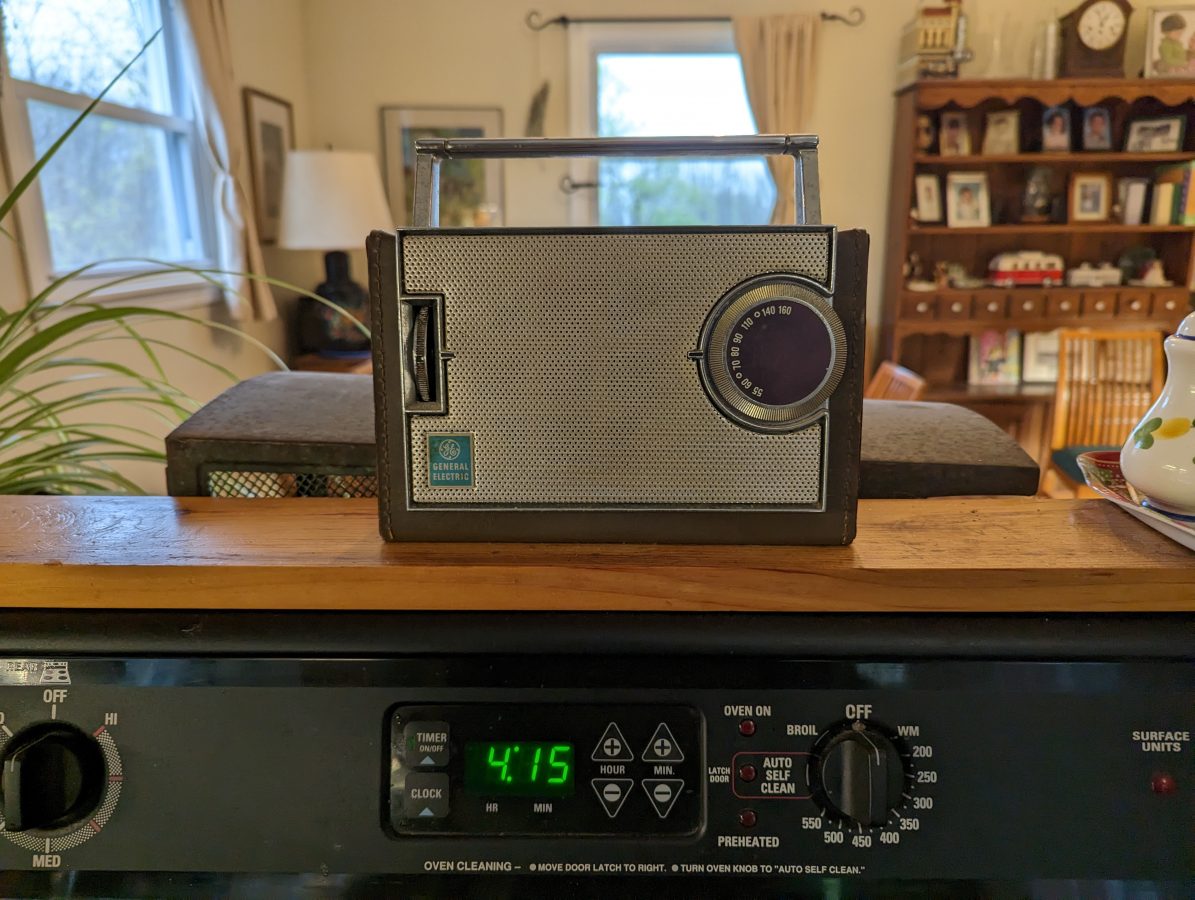
What can be done… what can be done…
Interestingly, several have pointed to a few successful AM stations that are still making a go of it. WABC in New York is one such station. What is the difference between WABC and other stations? Local content, perhaps? Yes, WABC is a 50 KW clear channel (Class A) station. While that does help somewhat mitigate the electrical noise problem, in and of itself, being a 50 KW station does not automatically mean success. There are other 50 KW stations in the New York Market, they are not doing that well.
I would posit; what troubles AM radio and all of radio in general, is low-effort, low-quality programming, and a general lack of community engagement. The vast majority of AM stations are running some type of syndicated programming. That is not a huge issue provided there is local content mixed in, a local morning show for example. If everything is syndicated then what is compelling listeners to tune in? If I can get better information or more entertainment by listening to a podcast on Spotify or Substack, why would I listen to the radio at all? This is a growing problem for FM as well. All of the generic “Greatest mix of the 70s, 80s, and 90s” formats are dull and boring.
One reason for all the dullness is that shy corporate lawyers to are risk-averse and do not want to be sued for profanity. Remember the Janet Jackson Superbowl incident where CBS was fined $550,000 for briefly, very very briefly showing a nipple on TV? If you were blinking at the time, you would have missed it. I missed it. I am a first amendment guy, I have two words regarding the FCC obscenity rules; fuck that. The FCC should get rid of all the outdated and patronizing profanity regulations. They stifle free thought and they are not protecting anyone from anything. I have two children and they would come home from kindergarten swearing like drunken sailors. This is why podcasts are popular; hosts are allowed to roam freely express themselves, and explore controversial topics. You may not like what you hear, in fact, you may even be offended. However, there are no constitutional protections against being offended. All radios are equipped with tuning buttons and off buttons.
AM also suffers from a perception problem. When a station does show moderate success, it is still very difficult to sell advertising because the potential advertisers believe that no one listens to AM radio anymore. This is more a self-inflicted wound than anything else. For years, AM spots were bonused with an FM buy. If radio owner’s themselves don’t value their product, how can you expect advertisers to value it? Besides, I know lots of people listen to AM radio for one reason or another.
There are some technical aspects to this conversation as well. First and foremost, the AM noise problem is the biggest technical challenge for AM listeners. The use of FM translators to retransmit AM signals is more of a gimmick than some type of solution. Especially when the maximum power for a translator is 250 watts (many are licensed at much lower power levels). While the AM signals they are associated with are 1,000 watts, 5,000 watts, 10,000 watts, or even 50,000 watts. A translator can be significant in the case of an AM daytimer (class D station) after-sign-off. Otherwise, they do not offer too much else for the typical AM stations. Most other “technical improvement” initiatives from the AM revitalization era were more aligned with cost savings for owners rather than actual technical improvement.
One of the great advantages of AM radio is it can cover large distances with moderate amounts of power. Transmitters and receivers are relatively simple devices that can function without an internet connection. As I learned from my contacts in Ukraine, broadcast radio is often the communication line of last resort when the grid is down. FEMA has spent a good deal of money hardening AM radio facilities across the US to ensure that they will remain operational during a crisis.

Regarding the alleged sound quality issues; I notice the AM radio in my Subaru sounds pretty good even when listening to music. What is interesting to me, when I first land on an AM station, it sounds pretty narrow-banded audio-wise. After a few seconds, it opens up and I get much better-sounding audio. I am not sure if this is just some random radio software function or if the IF adjusts itself for wider audio when the signal strength is good. In either case, the AM radio in my car sounds much better than the previous cars I have owned.
It would be very interesting, at least for me, to see a head-to-head test of HD Radio MA-3 vs DRM30 vs Analog AM vs a 250-watt FM translator. More research and testing of all digital audio transmission on Medium Wave frequencies should be done.
In short, saving AM is going to be an uphill battle in both directions. It comes down to three basic things:
- Programming
- Perception
- Imaginative innovation

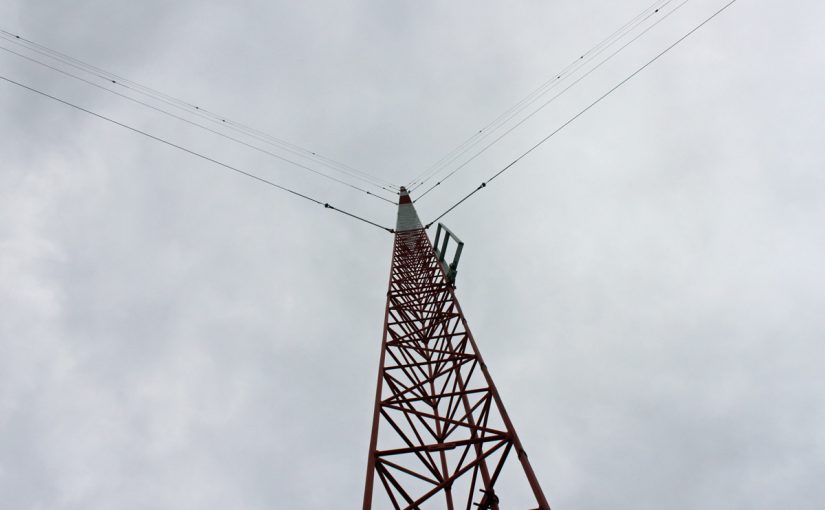

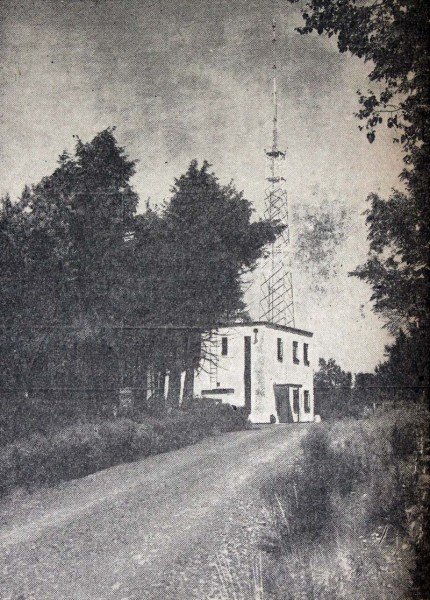
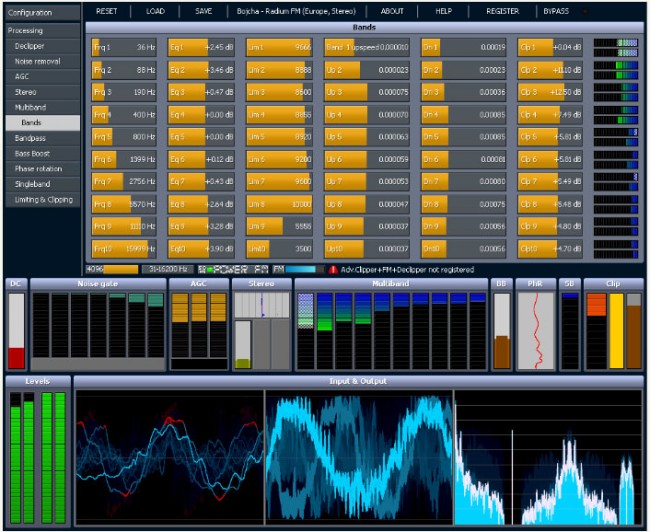
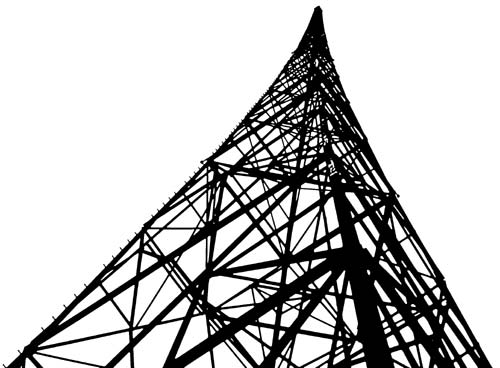
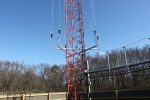
Thank you for the article. AM radio certainly has a place, but unfortunately, I don’t believe people would realize its importance or necessity until it is no longer available.
I couldn’t have said it better.
Back as a kid, I enjoyed listening to the AM radio. I had a Panasonic portable radio that my parents gave me for Christmas one year. I marveled at the fact that I could hear stations from all over the eastern half of the country at night. This was before the days of streaming radio and the Internet. My favorites were WBZ, WGY, and a few others on the dial. What I miss about the 50KW stations is that their programming was local, not syndicated like it is today. You could get the flavor of the city by listening to these stations. I remember listening to the Paul Benzaquin (sp?) Show on WBZ. I remember one night listening, in the car some where in Virginia on I-95 I remember that a lady had called into his show and wanted to harm herself. He talked to her well over two hours, and when she finally hung up the phone, the host said he had to take a break to compose himself. That to me is the core of local radio. Local hosts, local programming, not syndicated or satellite fed programming.
The problem with many FM stations are that they have limited music playlists, like the one in my area. There’s days I swear they only have 12 different songs that they play all day. At night it’s satellite fed programming, very little locally originated material.
Cars didn’t always come with radios. I remember fleet truck drivers with a radio on the dashboard. When I bought my first new car the options were no radio, AM only, AM FM radio, or AM,FM, CB radio. I chose AM only! And there were FM converters for those who had after thoughts.
If you listen to any domestic shortwave broadcasts, the profanity rules seem to have already been eliminated.
I felt very fortunate to have worked for a corporate engineer whose philosophy was “we were going to stay on the air, no matter what, just short of a direct nuclear strike.” And we always had beer in the transmitter building refrigerator.
I think we’ll see a turnaround.
I’m relatively young (compared to you AM guys), but growing up and using internet as a primary source of communication, it’s easy to see the flaws.
I truly think there will be a revival in this area. It’s just people literally do not know about the technology.
In an internet era, people are yearning for sincere communication. That’s why sites like this still exist. You mention Substack in your post, confusingly, alongside Spotify. These are two different-era techs in my opinion. People want blogs for “legit” communication. However, people also want “good” content.
In a world of SEO and constant spam, I think the general public is going to get fed up with the bullshit and start demanding a way to cut straight to the source. (Whether the “truth” is behind it, can’t be determined, but I’d rather gauge content myself than have some giant corporation curate it for me).
I think this is why podcasts are doing so well at the moment. There’s less regulations (aside from being deplatformed), but most content creators don’t give a shit because the conglomerates hosting the actual content also don’t give a shit so long as they’re making money.
Regulation is insanely slow to the game, but I think with the amount of content we’re going to start seeing in the next 5 years with Chat-GPT and the US gov’ts sudden interest in regulating online content, we will see the people start looking for different avenues for content.
I think radio is in a really good spot at the moment to capitalize on this shift. It’s just a shame that all the people who know how it works are dying out.
We’ve traded the laws of physics for regulations. And people don’t even realize it.
Frank, Thanks for the interesting comment. I should have said “read” Substack although now there is video available. I think the point is; there are many places to find compelling content. The advantage that traditional radio has is its ability to function without the internet or even without grid power.
I know it is different in every market, but in Windsor Ontario when looking at the Windsor ratings (I’m not talking about the Detroit ratings) CKLW – AM routinely pulls in between 2 and 3 times more listeners then the next most listened to station in the market ( which happens to be an FM). AM is still very relevant here. Admittedly LW is a news/talk and it is very focused on local programming.
Paul, a question, just out of curiosity –
The old tube-based AM BCB transmitters were easily modified by the ham radio folks for 160-40 meters (maybe even higher).
Can the newer solid-state ones be modified with a change of the output tank circuit?
You also mentioned how good AM can sound. Some of the AM phone guys on the lower bands sound drop-dead *wonderful* to listen to. Broadcast ribbon microphones on a full tube audio chain can do that. A number of them are rightfully proud of the quality of the audio they transmit. Give ’em a listen sometime on a dark winter’s night…
Lorne, it is good to hear that radio is still alive in Canada. It has been a few years since I was there. Often the local area news is difficult to find. There are several newspapers that have folded or are a shadow of their former selves. That is an opportunity for somebody…
Geoff, it depends on the make of the transmitter. Most solid-state transmitters have some type of RF modules which may have frequency-dependent parts. In addition, those modules are combined into an output signal and the combiner may have frequency-dependent parts. Then there is the output tuning section, which has more frequency-dependent parts. So the answer is yes, but it is complicated.
I commented on the “AM in EV” thread on this in general in ICE vehicles.
You hit the programming button dead center in this post.
As far as what the design and build quality for AM receivers is now, v. the tubed Philco my late father-in-law gave me a couple of decades ago, I found this video interesting.